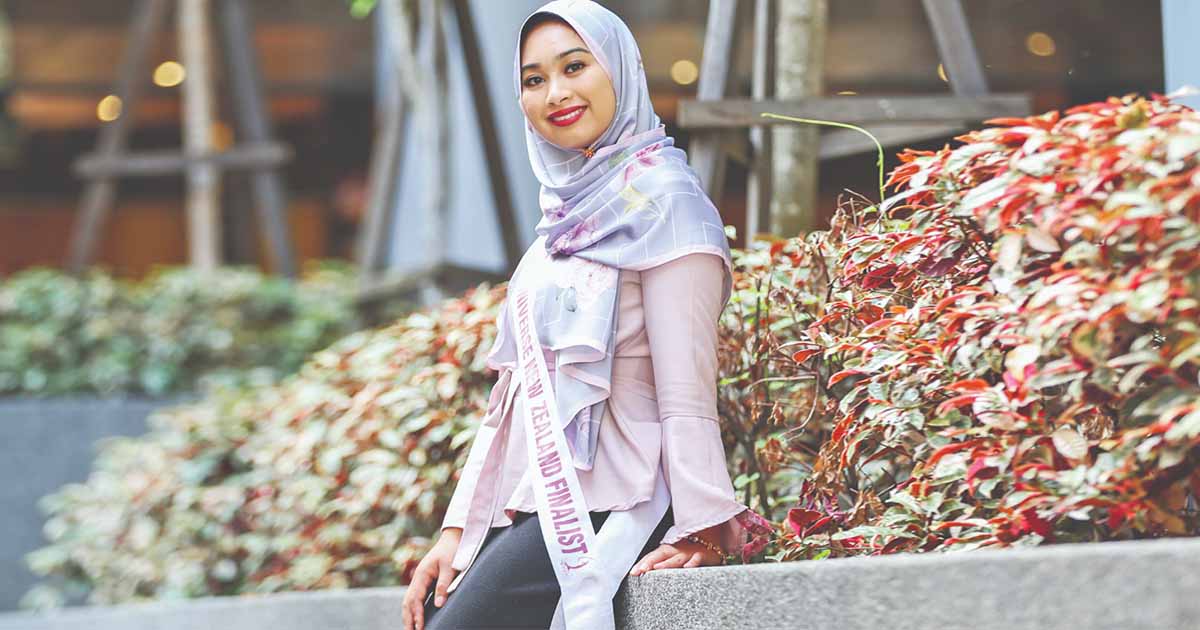In Islamic culture, Abaya is one of the most meaningful pieces of apparel for women. Abaya is an Arabic term that means “cape”. It’s a graceful, and elegant piece of clothing with the initial goal of conserving Islam’s dignity. An abaya is a lengthy, normally black gown worn by females in Muslim nations. Abayas come in various styles. Some are long hooded coats with sleeves, while others are plain, relaxed clothes slung over the body from the top of the head to the bottom.
When Islam came into existence, females were encouraged to dress modestly to differentiate themselves from non-Muslim females and gain more respect and integrity. The Quran referred to “Jilbab”, a long robe or cloak that must be worn to cover the body. Later redos of the jilbab routed to the more applicable abaya that’s worn by Muslim ladies at present. In Arab countries and South Asia, it’s currently one of the most broadly obeyed Islamic outfits. The abaya has developed into a fashion statement in its own way because it’s the only garment worn by people who wear it, with plenty of designs and interpretations accessible today in the market. The main difference between a hijab and an abaya is that a hijab is a headscarf that alone covers the head and shoulders. On the other hand, an abaya is a long cape-like gown that covers a female’s whole body. furthermore, an abaya is worn over attire, but a hijab is worn as a scarf straight on the head. Listed below are some of the abaya styles which are in trend today –

- Full Abaya – A full abaya covers all of your body from head to toe, so there’s no such thing as “displaying skin”. Full abayas are made of thick fabrics like shear and have a bulky fit.
- Maxi Abaya – The maxi abaya is worn by females who claim to cover a lot of their bodies without wearing a full abaya. It covers the uppermost half of your body but not your feet, so you can wear this abaya with any kind of flat or high-heeled footwear. This is the best pick for someone who wants to cover their hair but still appear chic.
- Embroidered Abaya – This sort of abaya is made of brighter colours, but it is still very old-fashioned because it covers your entire body. The embroidered abayas are worn by Muslim men and female.
- Printed Abaya – This type of abaya is made of silk fabric and is actually bright in colour. It’s generally white or black, but occasionally it’ll be made up of a mixture of colours (like red and green) or even patterns (for instance, flower prints). This sort of abaya goes well with flower pattern gowns and leggings.
The Abaya is no longer just a body-covering outfit, it has developed into a hallmark of individuality and has grasped a life of its own. Abaya designers have elated the abaya to a whole new degree, absorbing worldwide fashion trends and mindfulness of environmental and global problems. Still, one thing remains stable, the abaya’s aim of promoting modesty, disobeying objectification, and empowering females.

